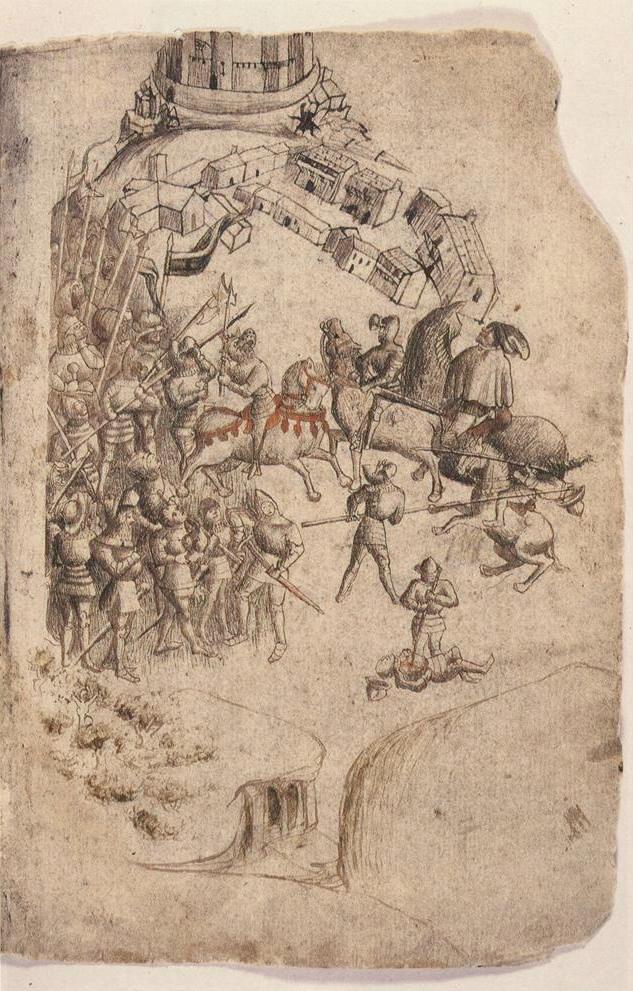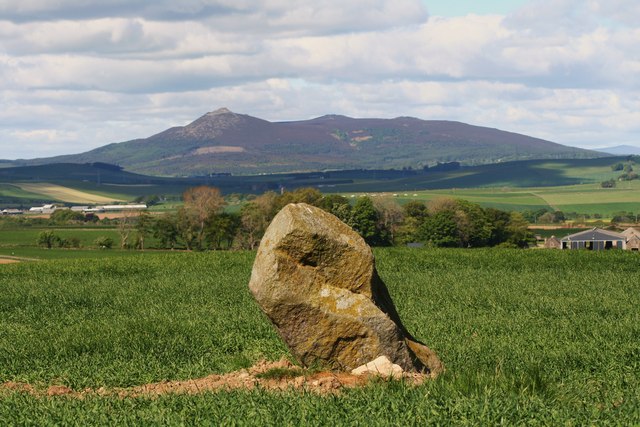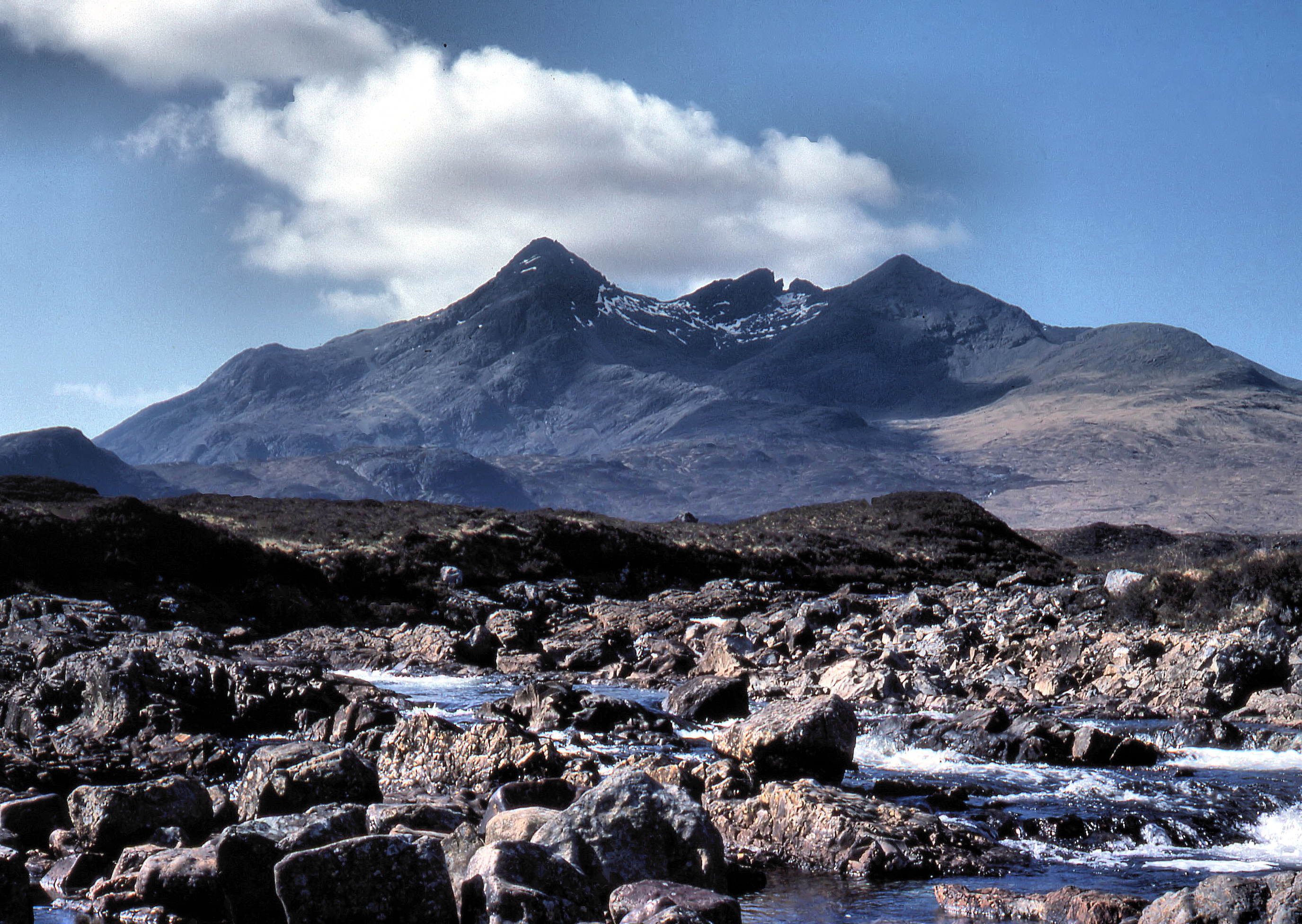Clan MacLeod History: A Legacy of Courage and Tradition
by Teresa Finn on Jul 19, 2024
Table of Content
The rugged landscapes of Scotland have cradled countless stories of bravery, resilience, and unwavering tradition. Among these tales, the Clan MacLeod History stands out as a testament to the enduring spirit of the Highlands. Understanding the rich tapestry woven by the Clan MacLeod offers a glimpse into the very soul of Scotland itself. This article delves into the fascinating saga of the MacLeods, exploring their origins, notable figures, and the events that shaped their legacy.
Origins of the MacLeod Clan
The early beginnings of Clan MacLeod are shrouded in the mists of time, intertwined with the rich tapestry of Norse and Gaelic influences. Legends trace their ancestry to the Norse kings of Mann and the North Isles. A prominent figure often mentioned in MacLeod lore is Leod, a Norse warrior who arrived on the Isle of Skye and established a foothold for the clan. His descendants, known as MacLeods (meaning "son of Leod"), would go on to carve their names into the history of MacLeod Scotland.
Territory of the MacLeod Clan

Clan MacLeod's territory is situated in the stunning and rugged islands of northwestern Scotland. This includes Skye, Lewis, Harris, and Raasay, renowned for their breathtaking landscapes and challenging terrains. These islands, marked by their wild beauty and harsh conditions, have been the ancestral homeland of the MacLeods for centuries.
The MacLeods' strongholds were strategically placed across these islands, allowing them to maintain control and influence. The clan's deep connection to these lands reflects their Norse seafaring heritage and their resilience in overcoming the natural challenges of their surroundings.
Clan MacLeod History
13th Century: The Founding of Clan MacLeod
Historical records suggest the MacLeods emerged as a distinct clan sometime in the 13th century. Evidence points towards a connection with the Norse kings of Mann (Isle of Man) and the North Isles. This period also saw the establishment of the two main branches of the clan: the MacLeods of Skye and Lewis. The imposing Dunvegan Castle, perched dramatically on the cliffs of Skye, became the ancestral seat of the MacLeods of Skye, solidifying their presence in the region. The McLeod family crest, featuring a bull's head, symbolizes the clan's strength and heritage.

14th Century: Growth and Early Conflicts
In the 14th century, they witnessed the rise of Tormod, a key figure in solidifying the Clan MacLeod's position. He and his descendants expanded the clan's influence, forging alliances and securing lands. This era was also marked by participation in the pivotal Battle of Bannockburn (1314), where the Clan MacLeod fought alongside Robert the Bruce to secure Scottish independence. Around this time, the first documented records mentioning the clan begin to appear, offering a glimpse into their growing power and influence.

15th Century: Clan Feuds and Alliances
The 15th century saw the MacLeods embroiled in a series of conflicts, most notably with the neighboring Clan MacDonald. One such clash, the Battle of Harlaw (1411), showcased the MacLeods' fierce fighting spirit. Despite facing a more significant force, the MacLeods held their ground, demonstrating their prowess in battle. During this period, they also witnessed the rise of Dunvegan Castle as a center of not only military might but also art and culture. The castle became a symbol of Clan MacLeod's strength and growing influence.

16th Century: Cultural Flourishing
In the 16th century, they ushered in a period of relative peace and cultural flourishing for Clan MacLeod. Leaders like Alasdair Crotach ("Hump-Back") and Ruaraidh Mor ("Big Rory") fostered a vibrant cultural scene within the clan. The iconic Fairy Tower of Dunvegan Castle was constructed during this era, adding to the mystique and grandeur of the ancestral seat. Traditional music, poetry, and storytelling thrived under the MacLeods' patronage, enriching the clan's cultural heritage. The Clan MacLeod tartans characterized by their unique patterns and colors, became prominent symbols of the clan's identity and pride.
17th Century: Peace and Civil War
The 17th century brought a shift in fortune for the Clan MacLeod. While the early part of the century saw a period of relative peace, the eruption of the Civil War in the mid-1600s forced the clan to take sides. The Battle of Coire Na Creiche (1649) resulted in a devastating defeat for the MacLeods, impacting their leadership and internal dynamics.

18th Century: Jacobite Risings and Aftermath
The turbulent 18th century saw the Clan MacLeod caught up in the Jacobite Risings, a series of rebellions to restore the Stuart monarchy to the British throne. The clan participated in the 1715 Jacobite Rising, facing defeat at the Battle of Culloden (1746). The aftermath of the rebellion brought significant changes to the clan's leadership and structure.

19th and 20th Centuries: Modernization and Preservation
The 19th and 20th centuries witnessed a period of modernization for Clan MacLeod. As Scotland transitioned into the industrial age, the clan adapted to the changing times. However, the MacLeods never strayed far from their traditions. Both World Wars saw clan members serving with distinction, demonstrating their continued spirit of courage and sacrifice. The latter part of the 20th century saw a resurgence of interest in clan heritage, with the formation of Clan MacLeod Societies dedicated to preserving the clan's rich history and traditions.
21st Century: Contemporary Clan MacLeod
In the 21st century, Clan MacLeod remains a vibrant and active community. Current leadership under Hugh Magnus MacLeod, the 30th Chief, has ensured that the clan's traditions and heritage are preserved and celebrated. Modern-day activities of the Clan MacLeod Society include gatherings, cultural events, and the preservation of historical sites like Dunvegan Castle. The clan continues to foster a global community of members connected by a shared heritage.
Explore the timeless traditions of the Clan MacLeod through our collection of tartan products on our website. And bring a piece of the clan's history into your present.
Conclusion
Frequently Asked Questions
Where did the MacLeod clan originate?
The MacLeod clan originated from the western coast of Scotland, specifically the Isle of Skye. Skye, with its breathtaking landscapes and rugged beauty, served as the ancestral homeland of the MacLeods for centuries.
Is McLeod Irish or Scottish?
MacLeod, McLeod and Macleod (/məˈklaʊd/ mə-KLOWD) are surnames in the English language. The names are anglicised forms of the Scottish Gaelic MacLeòid, meaning "son of Leòd", derived from the Old Norse Liótr ("ugly").
What is the origin of the MacLeod clan?
The MacLeod clan is believed to have descended from Leod, the son of Olaf the Black, a Norse king of Man and the North Isles. This blend of Norse and Gaelic heritage is central to the clan's identity.
What are the main branches of Clan MacLeod?
Clan MacLeod comprises two main branches: the MacLeods of Skye, known as Siol Tormod, and the MacLeods of Lewis, known as Siol Torquil.
What makes Clan MacLeod History significant in Scottish heritage?
Clan MacLeod History is significant due to its deep roots in Norse and Gaelic culture, its pivotal role in historical battles such as the Battle of Bannockburn, and its enduring legacy through iconic landmarks like Dunvegan Castle and unique symbols like the Clan MacLeod tartans and the McLeod family crest. The clan's resilience and cultural contributions have left a lasting impact on Scottish heritage.







